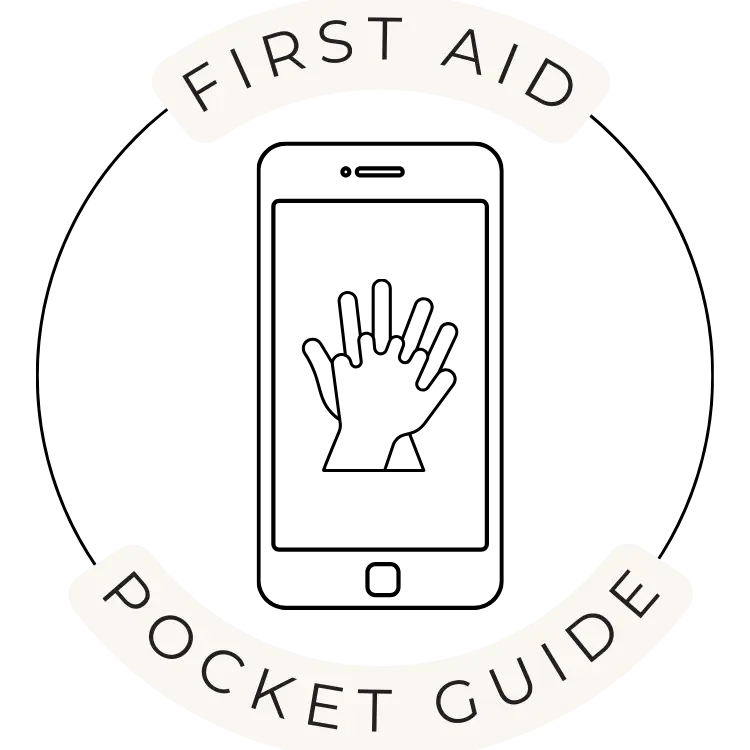Frostbite
As the temperatures drop during the winter months, it’s crucial to be aware of the risks associated with extreme cold and exposure to frigid conditions. One such risk is frostbite, a cold-weather injury that can lead to serious tissue damage if not treated promptly. In this blog post, we will discuss what frostbite is, its symptoms, treatment, and preventive measures you can take to protect yourself in cold environments.
Table of Contents
What Is Frostbite?
Frostbite is a cold-induced injury that occurs when skin and underlying tissues freeze due to prolonged exposure to extremely low temperatures. It commonly affects extremities like fingers, toes, ears, and the nose. Frostbite can range from mild to severe and is characterized by the freezing of body tissues.
Symptoms of Frostbite:
Recognizing the signs of frostbite is essential for early intervention. Common symptoms include:
- Numbness or tingling: Affected areas may lose sensation and become numb.
- Pale or hardened skin: The skin may appear pale, waxy, or discolored and feel hard to the touch.
- Pain or discomfort: As frostbite progresses, you may experience pain or a burning sensation in the affected areas.
- Blisters: In severe cases, fluid-filled blisters may develop.
- Gangrene: If left untreated, frostbite can lead to tissue death (gangrene), requiring amputation in extreme cases.
Treating Frostbite:
If you or someone you’re with shows signs of frostbite, it’s crucial to take immediate action. Follow these steps for frostbite treatment:
- Get out of the cold: Move to a warm environment as soon as possible to prevent further exposure.
- Remove wet clothing: Wet clothing can exacerbate frostbite. Remove wet garments and replace them with dry, warm clothing.
- Warm the affected areas: Gently warm the frostbitten areas using body heat or warm water (not hot). Avoid direct contact with heaters or open flames.
- Do not rub or massage: Rubbing frostbitten skin can cause further damage. Handle affected areas gently.
- Elevate if possible: If the feet or legs are affected, elevate them to reduce swelling.
- Pain relief: Over-the-counter pain relievers can help manage discomfort.
- Seek medical attention: Frostbite should be evaluated by a healthcare professional, as it may require more extensive treatment.
Preventing Frostbite:
Preventing frostbite is the best approach. Here are some tips to help you stay safe in cold conditions:
- Dress in layers: Wear multiple layers of clothing to trap warm air close to your body. Use moisture-wicking fabrics to keep dry.
- Protect extremities: Wear gloves, thermal socks, and a hat to cover your ears.
- Stay dry: Moisture can increase the risk of frostbite, so keep your clothing and footwear dry.
- Limit exposure: Minimize time spent in extreme cold, especially when the wind chill is significant.
- Stay hydrated and well-fed: Proper nutrition and hydration help your body generate heat.
- Keep moving: Physical activity generates heat. Keep your blood circulating by moving your fingers, toes, and limbs.
Conclusion:
Frostbite is a serious cold-weather injury that can have severe consequences if not treated promptly. Understanding its symptoms, knowing how to treat it, and taking preventive measures are essential for staying safe during the winter months. By following these guidelines, you can enjoy the beauty of winter while keeping frostbite at bay.

